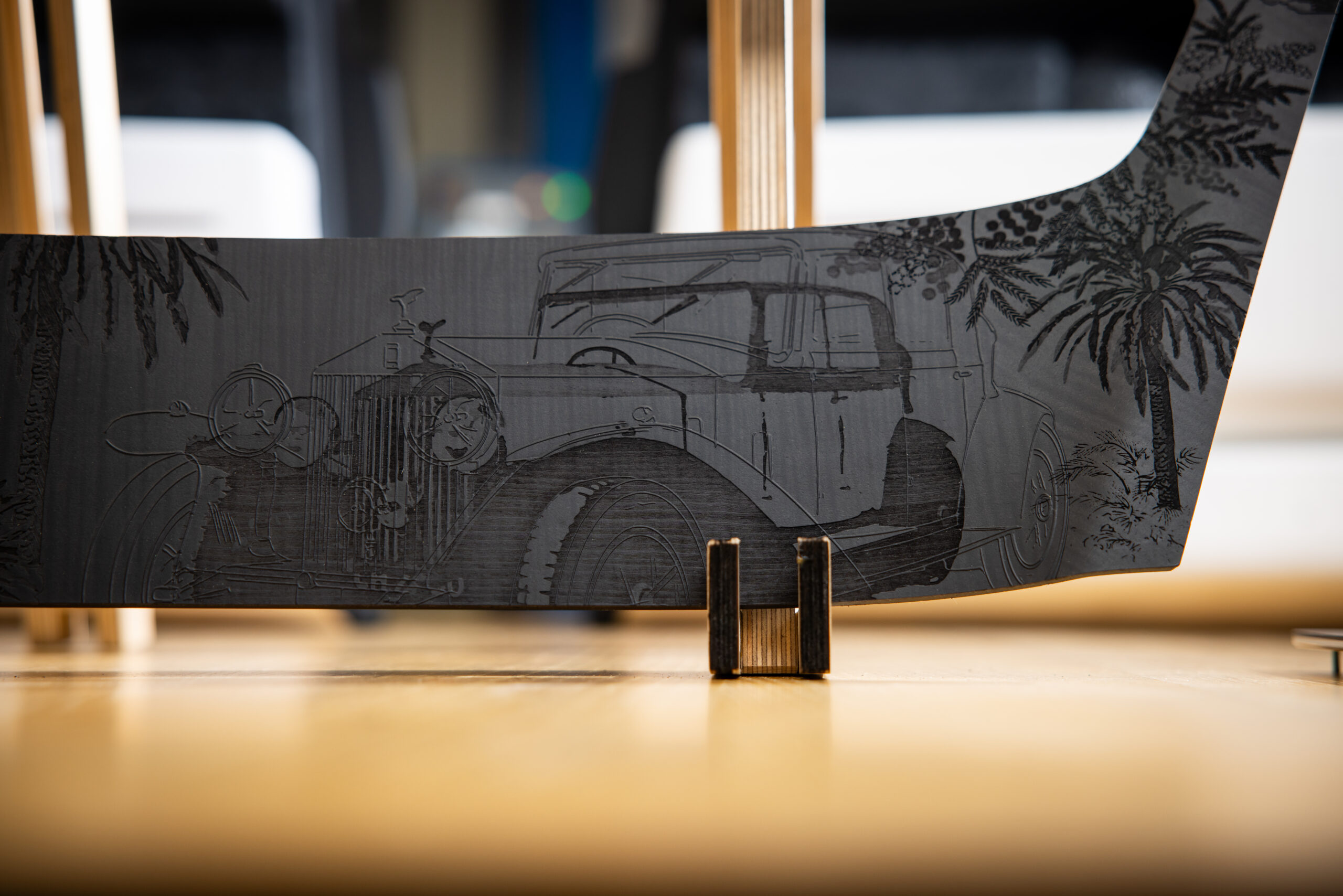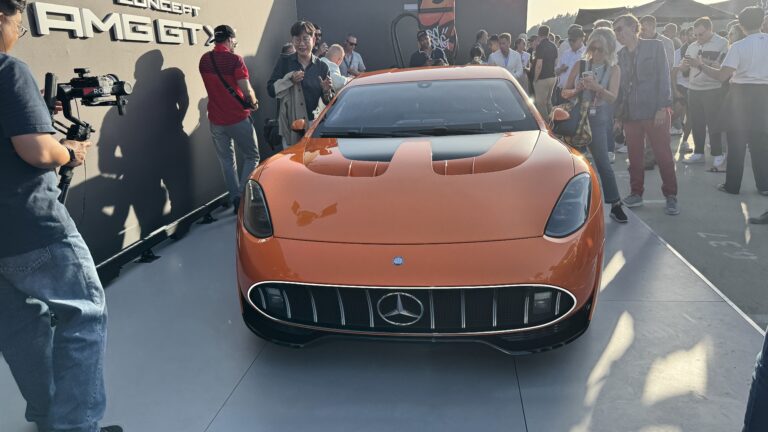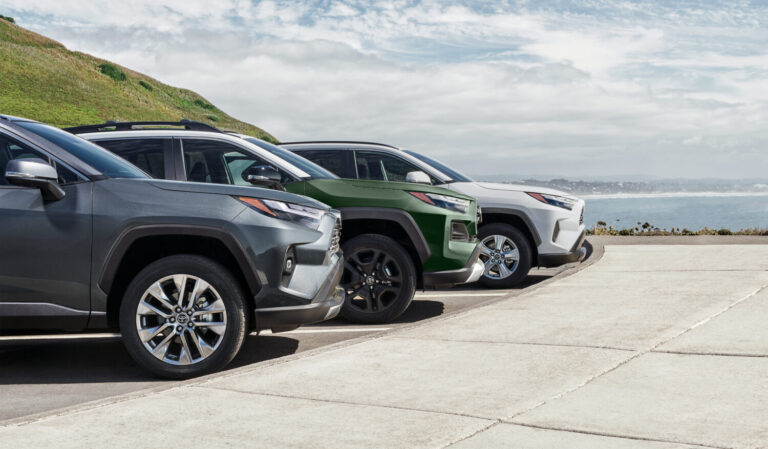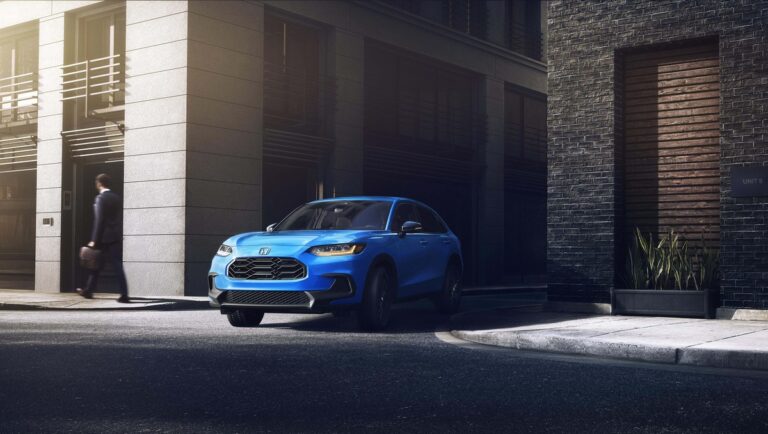Rolls-Royce Phantom Centenary: Woodwork Reimagined
Rolls-Royce Phantom woodwork sets a new standard with 3D marquetry, ink layering, and gold leafing in the brand’s most intricate design ever.
A century of Phantom inspires the most ambitious craftsmanship yet
For 100 years, the Rolls-Royce Phantom has embodied the essence of luxury motoring. To mark this centenary, the marque has revealed its most intricate woodwork in history, combining artistry, technology, and materials once thought impossible to tame. With only 25 Private Collection models destined for the world’s most discerning garages, Rolls-Royce has fused heritage with innovation to create a design that feels both timeless and revolutionary.

Why does this matter right now?
Luxury automakers thrive on storytelling, and Rolls-Royce knows its clientele expect more than horsepower figures. As TestMiles recently noted, bespoke craftsmanship is now the ultimate status symbol in a market flooded with technology-heavy cars. The Phantom’s centenary woodwork introduces three firsts—3D marquetry, 3D ink layering, and 24-carat gold leafing—cementing the idea that true exclusivity lies beneath the surface.
This is more than interior decoration. It’s a defiant statement in an age when minimalism and sustainability dominate automotive design. At a time when rivals like Mercedes-Benz S-Class and BMW 7 Series court luxury buyers with digital displays and voice assistants, Rolls-Royce reminds us that artisanal craft still matters. And judging by the rising demand for luxury personalization reported by Reuters, the timing could not be more perfect.

How does it compare to rivals?
The Phantom has never competed on price or volume—it plays in a league above. While Bentley emphasizes grand touring elegance and Aston Martin leans on performance heritage, Rolls-Royce positions itself as the custodian of rolling art. This new door-panel design blends laser etching, rare Blackwood veneers, and raised marquetry into panels that change appearance as light shifts. Mercedes may offer ambient lighting with 64 colors, but no S-Class door will ever tell a century-long story through wood grain.
Even technology-focused rivals like Lucid and Tesla lack the patience—or perhaps the clientele—for year-long artisan training programs. Rolls-Royce’s approach caters to customers for whom waiting is part of the pleasure. As TestMiles explored in its luxury deep dive, buyers in this category want provenance as much as performance.

Who is this for and who should skip it?
This Private Collection is for the world’s ultra-elite. With only 25 examples created, exclusivity is guaranteed. Collectors who already own Phantoms will see this centenary model as both art and asset—its intricate surfaces are likely to appreciate in value. Clients in markets like the Middle East, China, and North America, where bespoke demand is highest, are expected to dominate the order books.
Who should skip it? Anyone who thinks wood is wood and cars are meant to be driven daily without ceremony. The Phantom’s centenary interior is less about commuting and more about curating. If you’re after digital dashboards and semi-autonomous driving, you’ll be better served by an Audi A8 or Genesis G90. This Rolls-Royce exists for those who prefer hushed galleries to crowded highways.

What is the long-term significance?
Rolls-Royce has always operated at the intersection of tradition and innovation. By pioneering woodworking methods that push materials to their natural limits, the marque ensures its relevance in a luxury landscape increasingly defined by electrification and digitization. As TestMiles covered in Rolls-Royce’s EV future, the brand is preparing for a fully electric lineup by 2030. But even in that future, Phantom’s centenary woodwork proves that tactile, hand-finished details will remain non-negotiable.
In broader context, this announcement signals a renewed emphasis on the artisanal in the age of AI-driven design. While competitors chase algorithms and cost efficiencies, Rolls-Royce doubles down on human craft. Industry analysts at Automotive News argue that hyper-personalization is the last bastion of profit in ultra-luxury. Phantom’s doors show how far one brand is willing to go to maintain its mythos.
Rolls-Royce is not simply selling a car. It is selling the idea that art, history, and human touch are irreplaceable. In the next century, when electric drivetrains make all cars silent and software defines performance, these tactile details will separate the extraordinary from the merely excellent.
For more information, follow @nikjmiles and @testmiles on all social media platforms.







